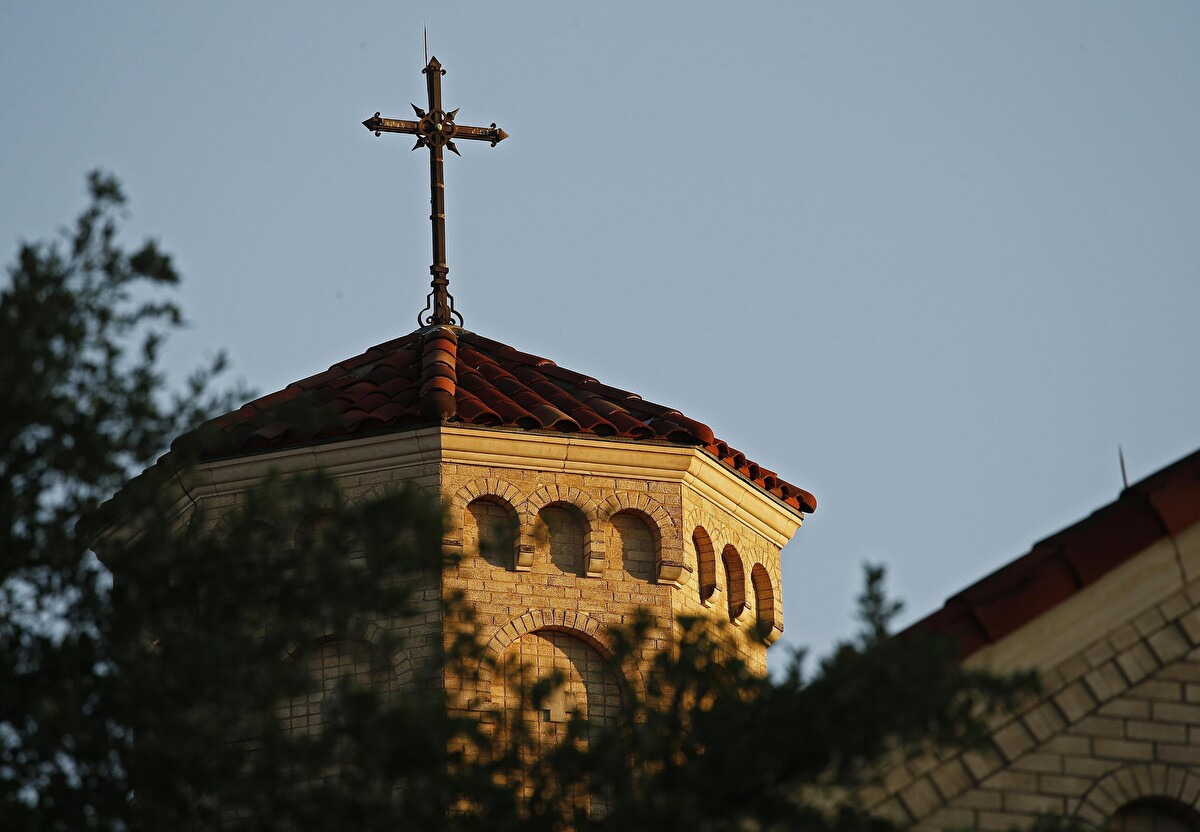New Orleans’ Bourbon Street, formerly alive with New Year’s celebrations, is now stained with blood. A white pickup truck plowed through the revelers around 3 a.m., killing at least 15 people and injuring over 30 others – in what the FBI has officially labeled as a “terrorist attack.”
Authorities identified the attacker as Shamsud-Din Jabbar, a 42-year-old U.S. citizen and Army veteran. Witnesses reported that after ramming into the crowd, Jabbar crashed into a barrier, exited the vehicle, and opened fire on responding officers, injuring two. He was killed in the ensuing shootout.
Inside the truck, which investigators believe was rented specifically for the attack, police found an ISIS flag, weapons and an improvised explosive device (IED). Two more IEDs were defused nearby in the city’s French Quarter. New Orleans Police Chief Anne Kirkpatrick described Jabbar as “intent on causing maximum chaos and destruction.”
The suspect had served in the U.S. Army from 2006 to 2020, including a mission in Afghanistan in 2009. After leaving the military with an honorable discharge, officials believe his radicalization occurred upon his return to civilian life. Before the attack, Jabbar reportedly posted videos on social media expressing his intent to carry out a massacre.
FBI New Orleans Director Alethea Duncan confirmed that agents are investigating Jabbar’s potential connections to extremist groups. The agency is also pursuing leads to determine whether Jabbar acted alone or had assistance. Surveillance footage from the French Quarter shows four individuals—three men and a woman—placing what appear to be explosive devices similar to those found in Jabbar’s truck.
The makeshift explosives, hidden inside refrigerators and wired for remote detonation, were found alongside a remote control in the vehicle. Federal agents are also examining whether Jabbar used a long gun and fired into the crowd while driving through pedestrians.
Dozens of victims, including the two injured officers, were rushed to nearby hospitals. Kirkpatrick noted that most of the casualties appeared to be locals rather than tourists.
Eyewitness accounts paint a harrowing picture of the chaos. “It felt like something out of a nightmare,” said Jimmy Cothran, who watched the scene unfold from a nightclub balcony. “The truck just kept going, and there were bodies everywhere.” Another witness told NBC that the pickup broke through a barrier and hit a pedicab before slamming into the crowd. “There were screams, and then silence—it was horrifying,” she said.
Among the victims were Reggie Hunter, a 37-year-old father of two, and Tiger Bech, a former high school athlete from Louisiana. “He didn’t deserve this,” said Bech’s cousin, fighting back tears.
The attack has raised serious questions about the city’s security measures. Officials had planned to install anti-vehicle barriers, but they had not yet been deployed. “We had a plan, but the attacker exploited a weak spot,” Kirkpatrick admitted.
New Orleans Mayor LaToya Cantrell promised heightened security ahead of upcoming events, including the Sugar Bowl, a major college football game initially scheduled for Wednesday but postponed to Thursday, and the Super Bowl in February.
Speaking from Camp David, President Joe Biden confirmed that Jabbar was motivated by ISIS-inspired ideology. Federal investigators are also exploring a possible link between the New Orleans attack and an explosion outside the Trump Hotel in Las Vegas earlier this week.
In the Las Vegas incident, a Tesla Cybertruck exploded, killing one person. Elon Musk took to X (formerly Twitter) to suggest a connection, noting that both vehicles—the Cybertruck and the F-150 used in New Orleans—had been rented through the car-sharing platform Turo.
However, authorities have stressed that there is no concrete evidence linking the two events at this time.












